Geoscience Reference
In-Depth Information
Fumigating
Fanning
Stable
e
e
Stable
Neutral or
Unstable
Temperature
Temperature
e
Unstable
e
Neutral
Looping
Coning
Temperature
Temperature
Neutral
e
Stable
Lofting
Temperature
Figure 6.25.
Cross sections of plumes under different stability conditions.
by 30 to 40 ppbv above what they would otherwise have
been due to photochemistry alone. When few nighttime
sources of NO(g) exist, elevated ozone layers do not
form by this mechanism.
a condition, emissions from a stack may alternately
rise and sink, depending on the extent of turbulence
(Figure 6.26a).
Coning
occurs when the atmosphere is
neutrally stratified. Under such a condition, pollutants
emitted tend to slowly disperse both upward and down-
ward. When the atmosphere is stable below and neutral
above a stack,
lofting
occurs (Figure 6.26b). Lofting
results in the least potential exposure to pollutants by
people immediately downwind of a stack.
6.7.5. Plume Dispersion
Meteorology also affects the dispersion of pollution
plumes from smokestacks. Figure 6.25 illustrates cross-
sections of classic plume configurations that result from
different stability conditions. In stable air, pollutants
emitted from stacks do not rise or sink vertically;
instead, they
fan
out horizontally. Viewed from above,
the pollution distribution looks like a giant fan. Fan-
ning does not expose people to pollution immediately
downwind of a stack because the fanned pollution does
not mix down to the surface. Figure 6.23 shows the side
view of a fanning plume originating from a fire, not a
stack. The worst meteorological condition for those liv-
ing immediately downwind of a stack occurs when the
atmosphere is neutral or unstable below the stack and
stable above. This condition leads to
fumigation
,orthe
downwashing of pollutants toward the surface.
Looping
occurs when the atmosphere is unstable. Under such
6.8. Summary
This chapter describes forces acting on air, the gen-
eral circulation of the atmosphere, the generation of
large-scale pressure systems, the effects of large-scale
pressure systems on air pollution, and the effects of
small-scale weather systems on air pollution. Forces
examined include the pressure gradient force, appar-
ent Coriolis force, apparent centrifugal force, and fric-
tion force. The winds produced by these forces include
the geostrophic wind, the gradient wind, and surface
winds. On the global scale, the south-north and vertical
components of wind flow can be described by three cir-
culation cells - the Hadley, Ferrel, and polar cells - in


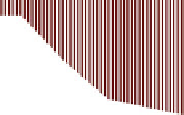


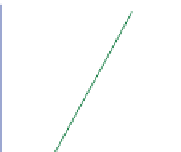





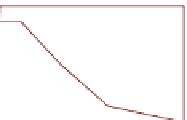

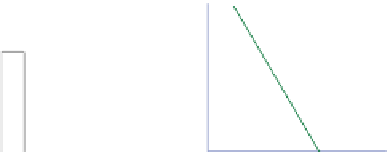



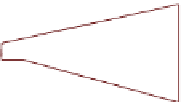








Search WWH ::

Custom Search